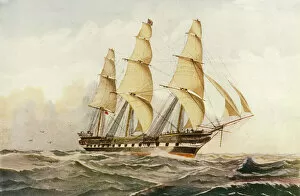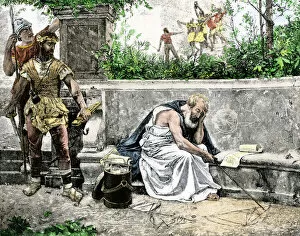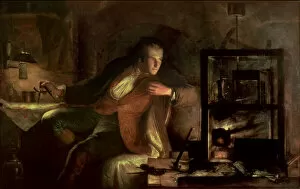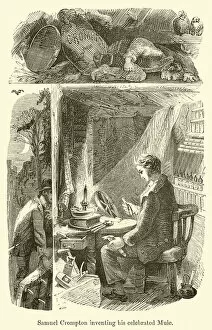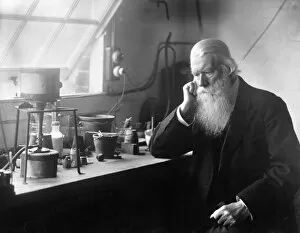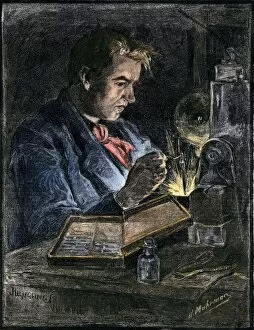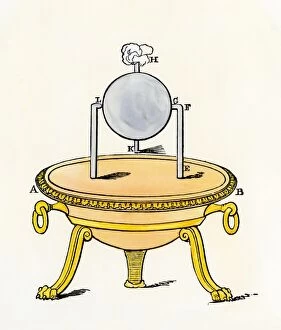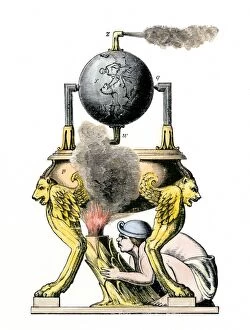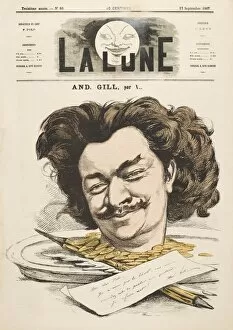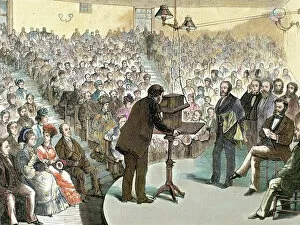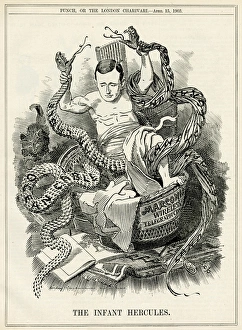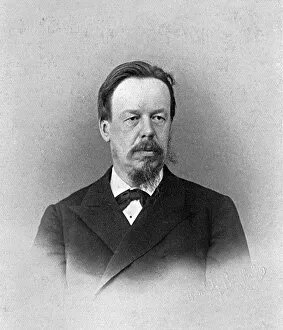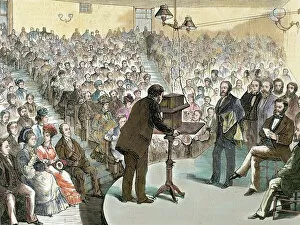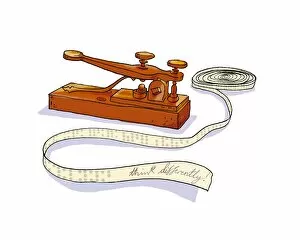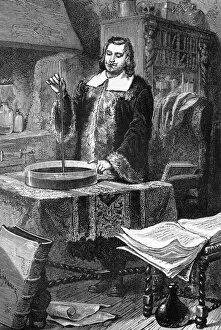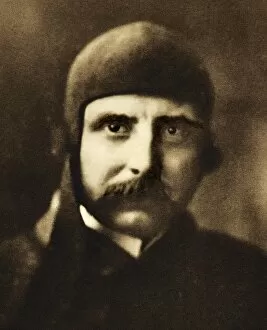Inventing Collection
"Inventing: Unleashing the Power of Imagination" From the Duncan Dunbar Sail Ship to PSCI2A-00045, human ingenuity has always pushed the boundaries of what is possible
All Professionally Made to Order for Quick Shipping
"Inventing: Unleashing the Power of Imagination" From the Duncan Dunbar Sail Ship to PSCI2A-00045, human ingenuity has always pushed the boundaries of what is possible. In 1803, folklorist William Thoms coined the term "folklore, " forever changing how we understand and appreciate our cultural heritage. Sir William Tritton's groundbreaking innovations paved the way for modern engineering marvels. James Watt's Newcomen Engine revolutionized industry, depicted vividly in an oil on canvas masterpiece. Meanwhile, William Kitchiner's engravings captured the essence of culinary invention, tantalizing taste buds across generations. Against the madness of speed, a captivating lithograph reminds us to embrace thoughtful progress rather than mindless haste. The Codex Hammer or Codex Leicester stands as a testament to Leonardo da Vinci's inventive genius - its sepia ink on linen pages revealing his unrivaled imagination. Within its intricate pages lie secrets that shaped history; from page 124 to 127 of The Codex Hammer, we glimpse da Vinci's visionary ideas taking form. Hutchinson’s illustration brings James Watt and his steam-engine back to life – a symbol of innovation that propelled humanity into an era powered by steam. The Codex Hammer continues its journey through time with pages 48 to 51 offering further insights into da Vinci’s brilliance. As we explore these ancient manuscripts and delve into their mysteries, we are reminded that inventing is not limited by time or place but resides within every curious mind willing to dream beyond limits. Invention knows no bounds; it transcends centuries and cultures alike, and is a celebration of human potentiality and our relentless pursuit of progress. Let us honor those who dared to imagine new possibilities and continue their legacy by nurturing our own creative sparks – for within them lies the power to shape tomorrow.

